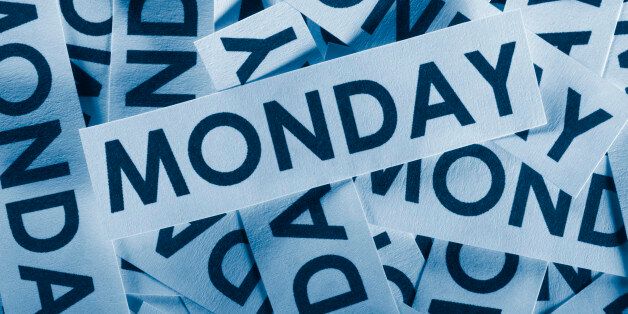
The third Monday of January - Blue Monday - is supposedly the most depressing day of the year. Except that it isn't. As is now widely known, Blue Monday - a calculation based on factors such as weather conditions, debt levels, time since Christmas and time since failing our new year's resolutions - was created in 2006 to sell summer holidays. Since then it has become a yearly PR event and primarily a devise to promote and sell things, often tenuously linked, to improving our wellbeing. The 'science' behind it has been effectively debunked.
In the mental health sector there has been a growing backlash against Blue Monday. First, it is important to distinguish between feeling temporarily feeling sad or anxious, which we all do from time to time, and mental health problems that can impact on our ability to take pleasure from day to day life. Secondly, the idea that depression can somehow be calculated by formula is seen by many to trivialise their lived experience. Finally, there is an uncomfortableness at how people's mental health is being commodified in a way that physical health wound never be.
As an organisation our starting point is look at what the evidence says. Clearly it tells us that there is no such thing as the most depressing day of the year. However, it does allude to a kernel of truth: our mental health is affected by our environment. Whilst some dispute seasonal variations in mental health problems - there is evidence to the support it. We know for example that in England "there is a degree of seasonality" in referrals to IAPT (psychological therapies like CBT) services "with slightly less activity in summer and around December" and peaks in January/February, and September.
There are likely to be many reasons for this, which will vary from person to person. Some might be living with Seasonal Affective Disorder (SAD) with symptoms of depression that come and go in "a seasonal pattern." One theory put forward is that hormonal changes in the winter impact not just our sleeping and eating habits but also on our mood - not at a level to be diagnosed as depression but enough to make us feel less motivated.
An increase in referrals to IAPT services in the New Year could also be potential explained by an increased resolve from people to address a problem they have lived with for some time. More broadly, we know that things that are good for our mental health such as exercising and getting out doors are more difficult when it's cold and the nights are dark. People are also prone to overindulge in food and drink in December and/or develop/increase debt. In other words some of the factors identified in the Blue Monday formula do impact on our mental health. It's just that they can't be transferred into a calculation that speaks on behalf of our collective experience of mental health.
The truth that Blue Monday gives us an opportunity to talk about is that we all have mental health and that there are steps we can take all year round to protect it. The major risk factors for mental ill-health, poverty, trauma, loneliness, ongoing stress and physical ill-health, are not confined to one day, let alone one month. We can debate seasonal variations, in the knowledge that some people living with mental health problems may find the winter months harder, but we know that mental health problems impact on people all year round and that many people struggle to ask for or seek help.
The question we need to be honestly asking ourselves each and every day, is am I fine? And if not what can I do to protect and sustain my mental health?